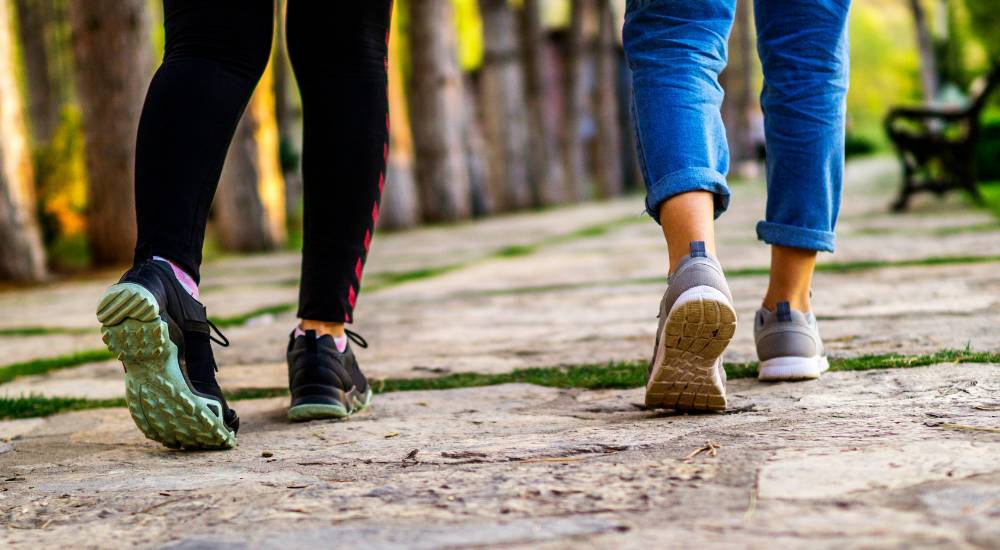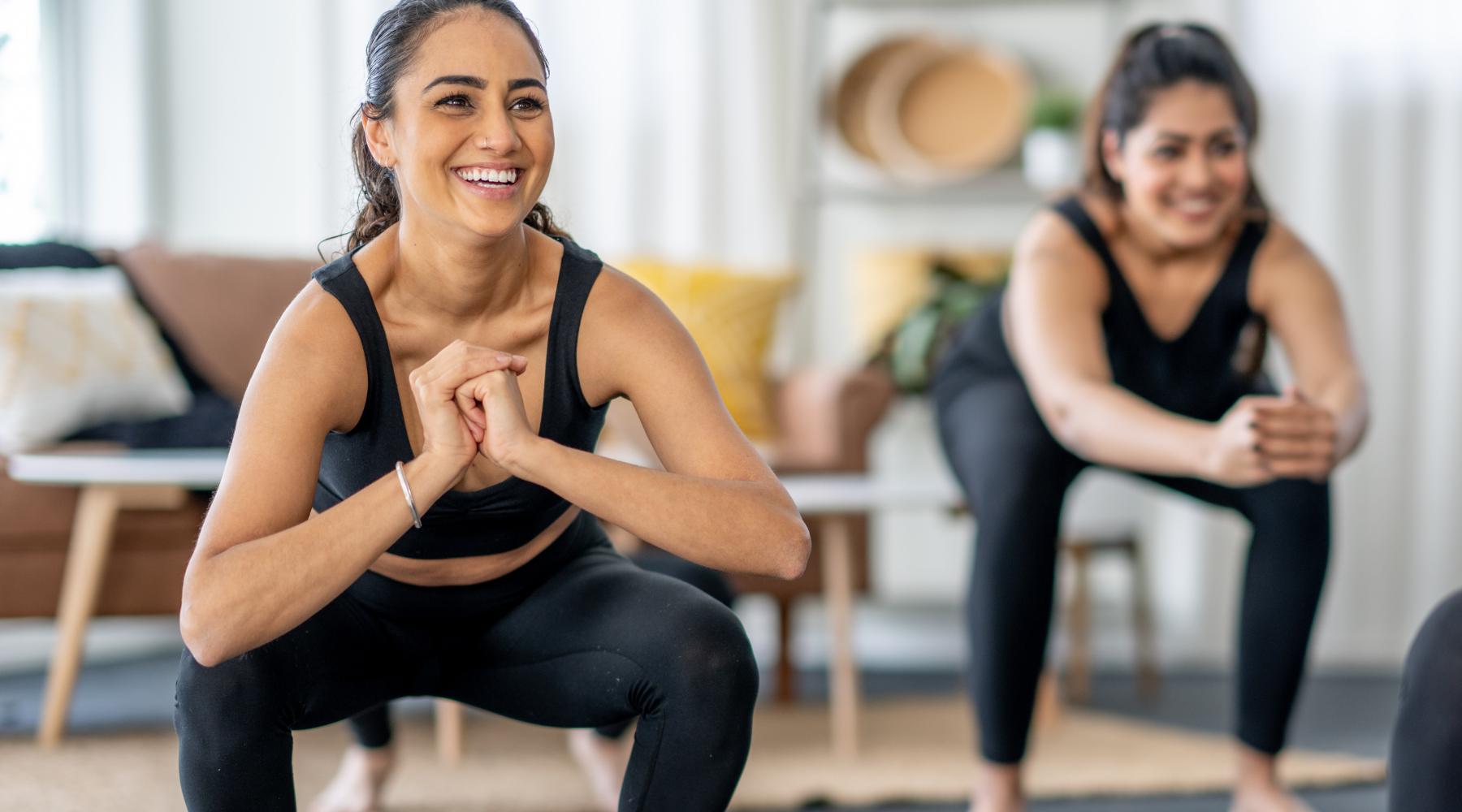When summer comes around the easiest choice to make is to move your exercise plans indoors, preferably to an air conditioned place so you don’t risk overheating. But did you know that, with some planning and proper precautions, you can enjoy the nice weather while exercising outdoors?
Sunny days are the best to enjoy some time outside, but the heat and humidity that come with summer are a risky combination, especially if you’re working out and sweating. Since your body naturally sweats to expel heat, if the temperature around you is higher than your body temperature, you can risk heat exhaustion or heat stroke, which can be life threatening.
So, what can you do to ensure you can enjoy the good weather and get some exercise in?
Read more: The Ultimate Summer Workout Plan
1 - KNOW THE RISKS
Everyone reacts differently to heat, be it your age, fitness level, or other factors. Especially vulnerable are seniors, people who lead sedentary lifestyles, if you have preexisting health conditions, or if you are taking certain medications like diuretics.
Knowing how to properly acclimate to the rising temperatures and knowing when a room with AC is a better option are things you also need to keep in mind before venturing outdoors. If exercising outside is a must, especially when it’s sunny, avoid the heat of midday and go for early morning or evening workouts, when the sun is the least dangerous.
The recommended time frame to avoid is between 10 am and 3 pm, which will vary depending on where you live, if it’s overcast, the air quality, humidity levels, and so on.
Going to a park with lots of available shade is also a good option, as you’ll be able to enjoy the outdoors while being protected from the sun.
2 - HYDRATION IS KEY
Even without exercising, getting plenty of water during summer is a must to prevent dehydration and other health risks.
Two to three hours before you go for your workout, make sure to drink plenty of water. The recommended daily amount of water you should be drinking, no matter which time of year, is about 15.5 cups (3.7 liters) of fluids a day for men, and 11.5 cups (2.7 liters) of fluids a day for women.
Besides water, you can also eat water-rich foods to boost your hydration levels, such as cucumbers, tomatoes, apples, watermelon, and peaches.
3 - DRESS APPROPRIATELY
During the summer, and especially when exercising, you should wear clothing that allows heat to escape your body. Look for synthetic fabrics that are both lightweight and moisture wicking. Your clothes should be loose fitting and light colored as well. Wearing sunglasses and a hat will also help protect you from the sun.
As an added precaution, apply sunscreen with at least SPF 15. Applying it 30 minutes before heading out and reapplying every 1 hour if you’re sweating will ensure you’re properly protected from the sun and reduce the risk of skin cancer.
4 - ADJUST TO THE WEATHER
Don’t workout outdoors if the temperature is too high and dial down your exercise routine’s intensity when humidity is up. Consider adjusting your routine so that you can take more breaks between exercises and let your heart rate go back to normal between sets.
If you’re a gym goer, consider warming up and cooling down indoors to reduce the amount of time in the heat.
And while it might be tempting to go for a run when it rains during summer so you can cool down, be mindful of dangerous paths and other risks to your health and well-being.




